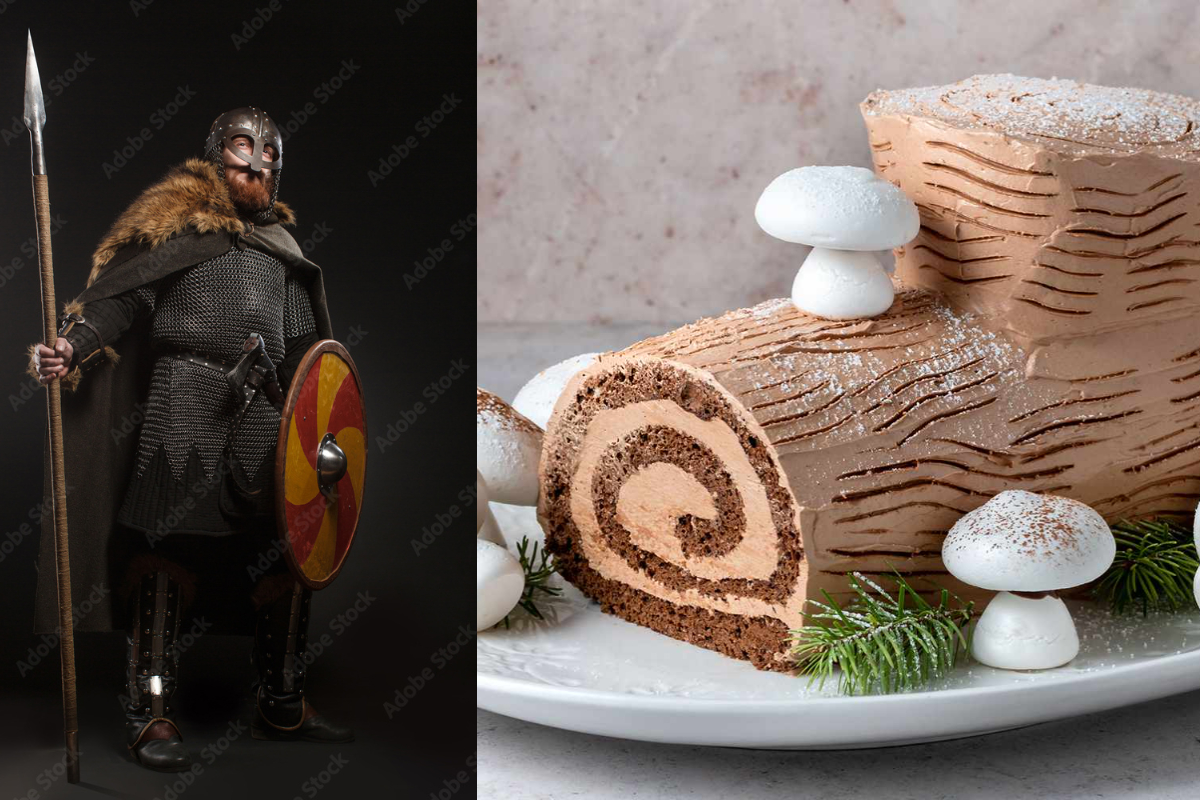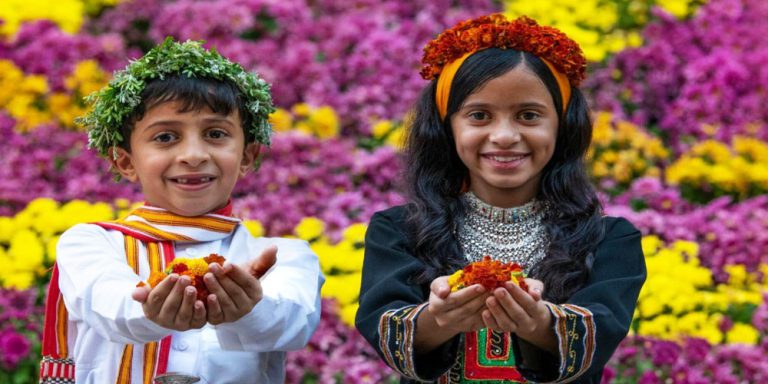- Yule logs can signify various things to various people.
- Some associate yule logs with crackling fires Others think of chocolate pastries.
- The area of northern Europe had a tremendous cultural change influenced by a combination of long winter nights and religion.
Yule logs tradition can signify various things to various people. Some people associate yule logs with cosy, crackling fires. Others think of luscious, chocolate pastries when they see them.
In any case, the current Christmas icon may be a continuation of an ancient custom, especially in changing mediaeval Scandinavia.
Popularly referred to as the “home of the Vikings,” this area of northern Europe had a tremendous cultural change beginning in the 11th century that was influenced by a combination of long winter nights and religion, which is interestingly reflected in the unassuming yule log.

According to Heidi Sherman, associate professor of mediaeval history at the University of Wisconsin-Green Bay and curator of the Viking House there, “the word ‘yule’ actually reflects our interpretation of the word ‘winter’ in Old Norse.”
Sherman claimed that the Vikings and other Norsemen in Iceland, Denmark, Sweden, and Norway spoke Old Norse as their ancestral tongue.
They observed the Yule, also known as the Winter Festival.
The winter solstice, which is naturally the longest night of the year, lies at its core, according to Sherman. Since the days get longer and longer following the winter solstice, it’s also a celebration of the dawn of light.
Because it honours both the calm of winter and the joy of celebrating the sun, Sherman continued, the winter solstice is truly sacred.
The Scandinavian people placed a special emphasis on this transitional area between light and darkness. They may have had as few as four or five hours of daylight leading up to the winter solstice due to their northern location.
The early Scandinavians would assemble around a fire as part of their winter Yule Festival.
Sherman recalled, “They would ignite this huge log, and everyone would gather around telling stories, feasting, and sharing together.” Then, if it went out, they would relight it every morning, and they would keep burning, rejoicing, and feasting for another 12 days until the new year.
According to Sherman, the burning wood would have been carefully chosen and frequently made of oak. It might have also contained carved representations, like those of Norse gods.
This hot spot was referred to as the “yule log.”
While the Yule Festival’s long night signalled the start of longer days, it also represented quality family time on Viking farmsteads.
Sherman remarked, “Your personal family would be the centre of that farmstead.” Yuletide would have been a celebration of the time away from that labour, and I believe that’s how we too look forward to Christmas. They were probably extremely busy working most of the time.
Sherman claimed that telling stories was another element of the holiday season.
Because the majority of people in Scandinavia at the time were illiterate, passing on family traditions and legends through storytelling was essential.
The best storyteller in a family or town would tell tales about gods or family exploits during Yule Festival and assist other people in telling their own tales.
People from all over are suddenly gathered around the fire, both young and elderly, sharing their stories and personal experiences, Sherman added. I believe that because it is a time when we are catching up with each other and it is sort of a universal common behaviour, we also do so during our family Christmas celebrations.
Sherman continued, “It’s something to truly look forward to and relax and enjoy the dead of winter with people you love.
It’s simple to understand why spending time with loved ones in front of a warm, flickering yule log is appealing. But how particularly did this paganism ingratiate itself into the Christian celebration of Christmas?
The solution is somewhat intricate.
Sherman claims that after Christianity reached Scandinavia in the 11th century, the Vikings started switching from their previous pagan belief system in the Norse gods to Christianity.
The majority of Vikings and nearly all mediaeval Scandinavians were illiterate, hence it took until the 13th century for their customs to be recorded in writing. Christianity had significantly influenced Scandinavian culture by that point.
Sherman stated, “I believe what transpired was the mixing of the Vikings’ pagan heritage with the Christian traditions.
For instance, the Biblical tale of the three wise men, who came to Bethlehem to see the infant Jesus Christ 12 days after his birth, may have had an impact on the notion that the Yule log burned for 12 days.
The Vikings’ practise of making yule logs has persisted in the Christmas season despite more than a thousand years have passed since their pagan beliefs were confronted by Christianity.
Sherman added, “They really truly speak to this season”.
[embedpost slug=”king-charles-decides-to-dress-traditional-silk-stockings-and-breeches-for-coronation/”]








